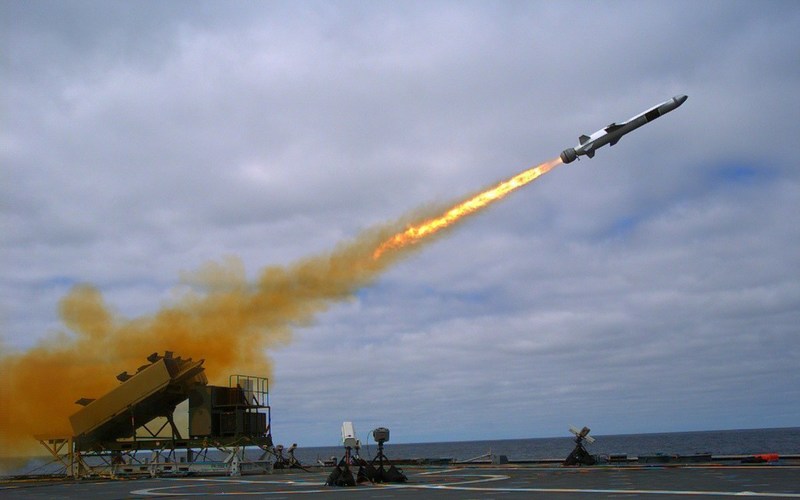
The US Navy has selected the naval strike missile (NSM) as its new over-the-horizon weapon for littoral combat ships (LCSs) and future frigates. The contract for the missile has been awarded to the Raytheon Company and Kongsberg Gruppen and includes a number of options, which if exercised would bring its cumulative value to $847.6m.
Raytheon will be responsible for the production and supply of over-the-horizon weapon systems as part of a $14.8m contract, which covers offensive missiles loaded into launching mechanisms along with a single fire-control suite.
Raytheon Missile Systems president Dr Taylor W Lawrence said: “Raytheon and Kongsberg are providing the navy with a proven, off-the-shelf solution that exceeds requirements for the over-the-horizon mission.
“Because it is operational now, NSM saves the US billions of dollars in development costs and creates new high-tech jobs in this country.”
Raytheon is also slated to manufacture NSM launchers, missiles and components in the US under the agreement.
The company has started producing the missile launchers at its manufacturing facility in Louisville, Kentucky, and will carry out the final assembly and testing of the weapon at its site in Tucson, Arizona.
The NSM programme forms part of Raytheon’s long-time partnership with the Norwegian Government and defence company Kongsberg.
Kongsberg Defence and Aerospace president Eirik Lie said: “Raytheon and Kongsberg are celebrating 50 years of cooperation, and the selection of the NSM marks another successful step for our close relationship.
“We are able to provide the US Navy with the best of two worlds by combining the capability of NSM with Raytheon’s proficiency as the world’s largest missile maker.”
The NSM is a fifth-generation, long-range precision missile that is equipped with advanced seeker and target identification technology.
It is capable of striking heavily defended land and sea targets and is able to target enemy defences up to 100 nautical miles (nm) away.








